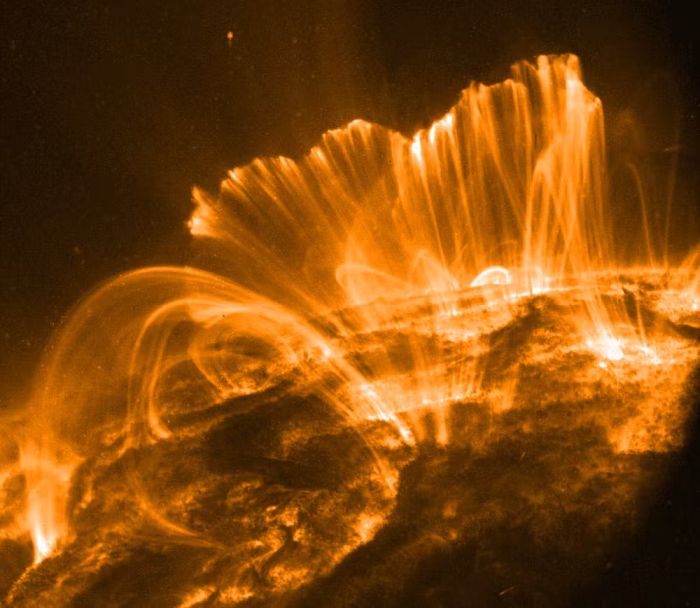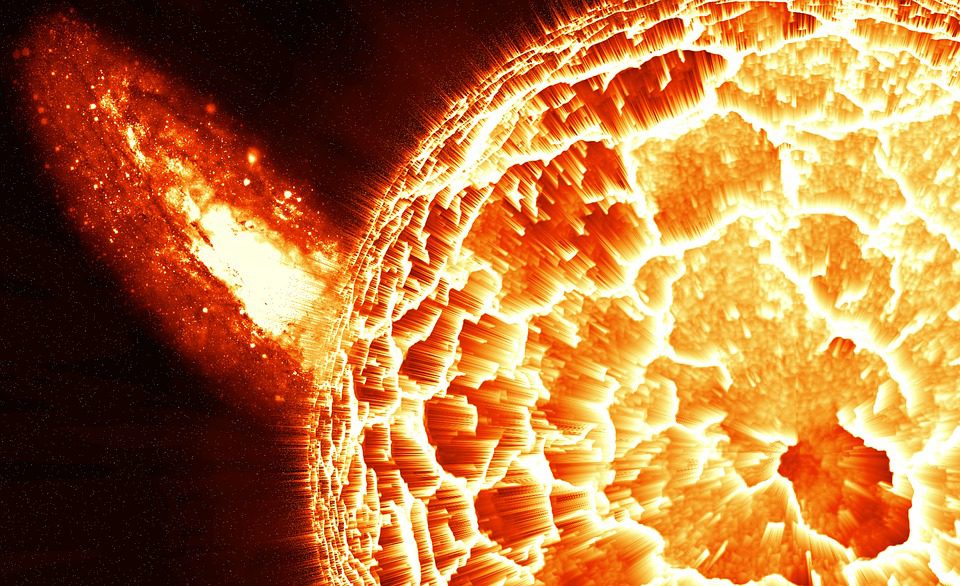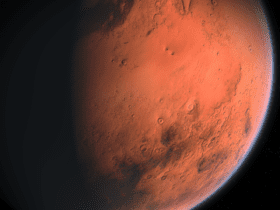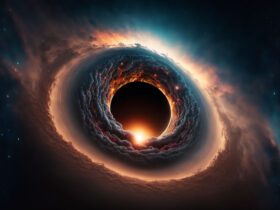Recent simulations reveal that what scientists previously assumed were coronal loops of plasma emerging from the Sun’s surface following magnetic field lines really might be creases in ribbed sheets of plasma. Scientists have coined the term “coronal veil” to describe this phenomenon and advise that further study is required to determine why and how they arise.
They claim that the discovery is noteworthy. Since the coronal loops had first been clearly detected in the 1960s, solar experts have used them to get a better understanding of the Sun’s features, especially its magnetic field as well as the density & temperature of the heliosphere.

Coronal loops by the Transition Region And Coronal Explorer spacecraft. (NASA/LMSAL)
Coronal loops are an awe-inspiring and gorgeous phenomenon: they are lengthy, closed arcs of blazing plasma that are occasionally connected with sunspots. However, despite the fact that scientists have been researching them for decades in order to get a better understanding of the Sun, a number of their attributes deviate from what we would anticipate.
To begin with, coronal loops linked with sunspots are often far higher than estimates imply. Furthermore, the loops do not dim with height. Consider iron filings dispersed near a rod magnet that self-adhere to form loops. The larger loops that extend farther out from the magnet are more delicate and frail.
When the researchers did simulations, they discovered that the loops weren’t really necessarily separate structures but rather creases in optically thin plasma sheets. We can notice these wrinkles more easily since they are thicker and denser. Additionally, the model demonstrated that coronal loops may exist independently. This indicates that perhaps the solar corona is an even more complicated environment than previously thought.
This research reveals that the way we now interpret solar measurements may be insufficient for us to properly comprehend our star’s mechanics.
The research was published in The Astrophysical Journal.















Leave a Reply